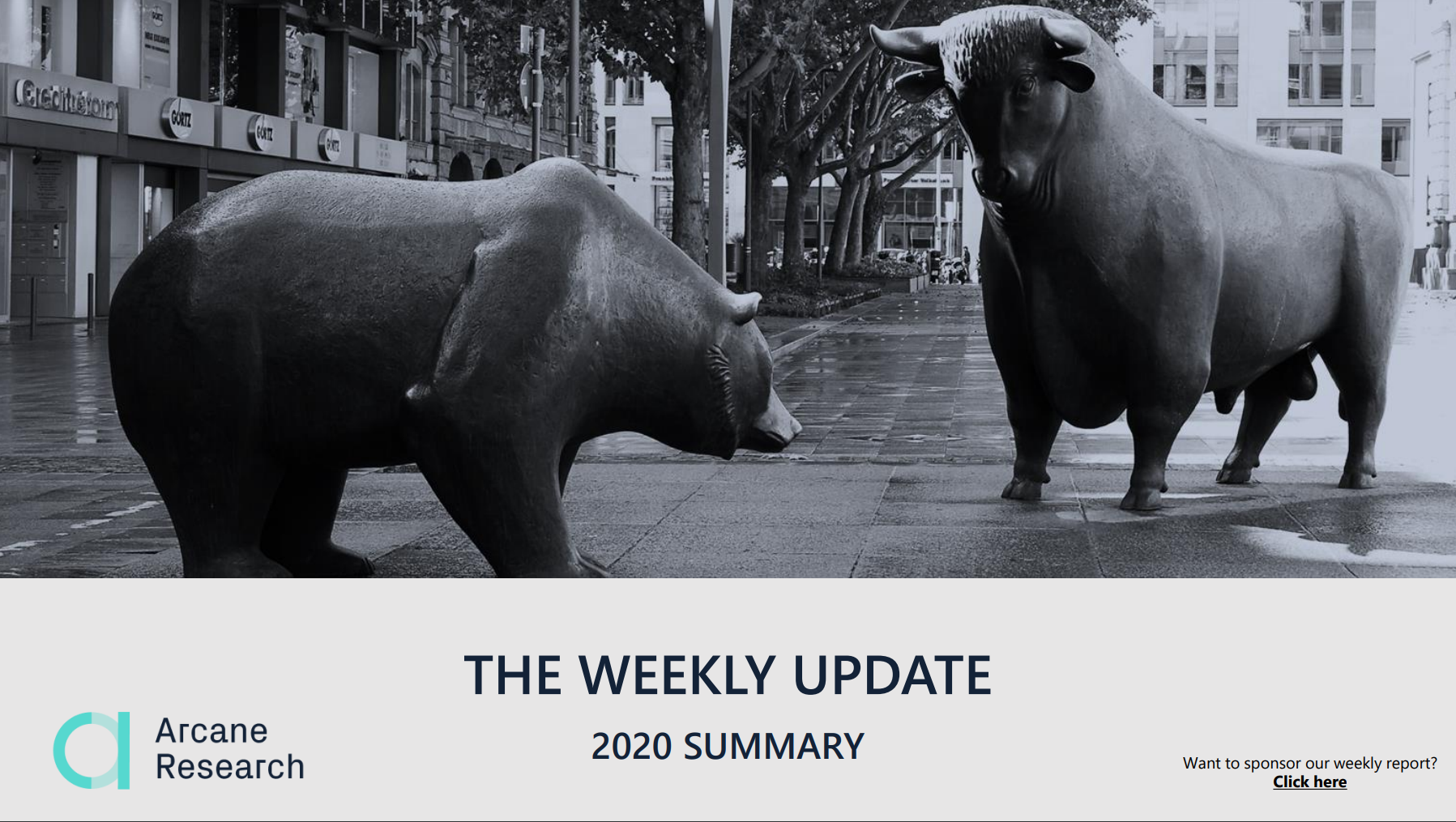28 Dec 2020
2020: The Year Bitcoin Went Institutional
In the spirit of Christmas, we want to give you all access to this week’s edition of “The Weekly Update” - for free! In this week’s edition of “The Weekly Update”, we’re rounding up the year with a bunch of interesting charts, including predictions. Enjoy!